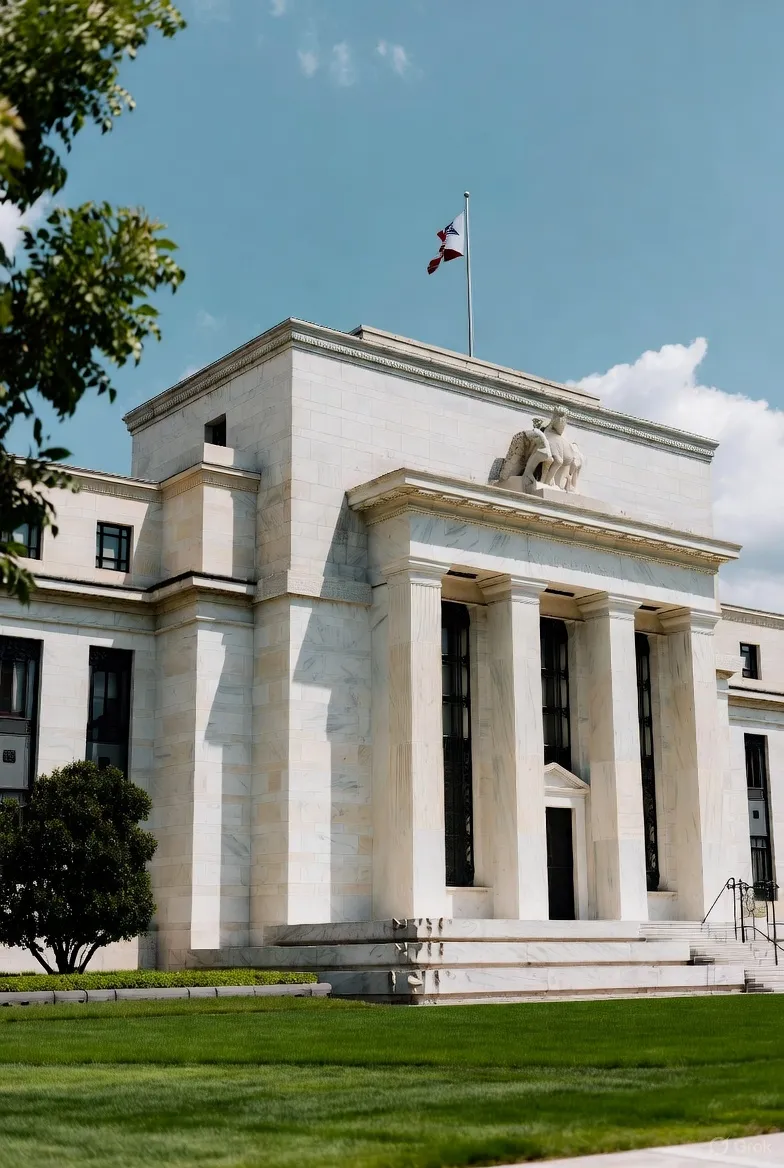A Signal of Economic Slowdown
One of the primary reasons behind the market’s drop is that a rate cut is often interpreted as a sign of underlying economic weakness. The Fed’s decision was not made in a vacuum; it was based on indicators showing slower growth and weaker consumer spending, which triggered fears of a looming recession.
Expectations vs. Reality
Financial markets move not only on actual decisions but also on prior expectations. Analysts noted that many investors had anticipated a larger cut—perhaps half a percentage point or more—making the actual move seem underwhelming. This “disappointment effect” was immediately reflected in equity performance.
Inflation Concerns
At the same time, worries emerged that continued monetary easing could fuel inflation in the long run. While borrowers and companies benefit from cheaper financing, injecting more liquidity into the system risks driving up prices and putting pressure on consumer purchasing power.
Flight to Safe Havens
Amid concerns over both inflation and slowing growth, investors increasingly turned to gold and bonds as safe-haven assets. This shift in capital flows weighed further on equities, as many traders redirected funds away from higher-risk assets.
Institutional Behavior
Another factor is the behavior of large investment institutions and hedge funds, which often use major announcements like Fed decisions as opportunities to rebalance portfolios or lock in profits after earlier rallies. Such moves add additional selling pressure on stocks.
Confidence in the Fed
Confidence in the Fed’s ability to manage the next phase also played a crucial role. While some view the rate cut as a necessary step to support the economy, others interpret it as a sign that the central bank has limited tools left to address deeper challenges, fueling doubts about its effectiveness.
Sector-Specific Impacts
The effect was not uniform across sectors. Banks, for instance, suffered due to expectations of lower lending margins, while some technology companies saw declines linked to concerns over weakening global demand. Conversely, defensive sectors such as consumer staples showed relative resilience.
The Fed’s rate cut was intended to stimulate growth and reassure markets, but in reality, it exposed fragile confidence and reignited concerns about future growth and inflation. Investors did not see the decision as a free boost but rather as part of a broader narrative of economic uncertainty—explaining why U.S. stocks declined despite a more accommodative monetary policy.
